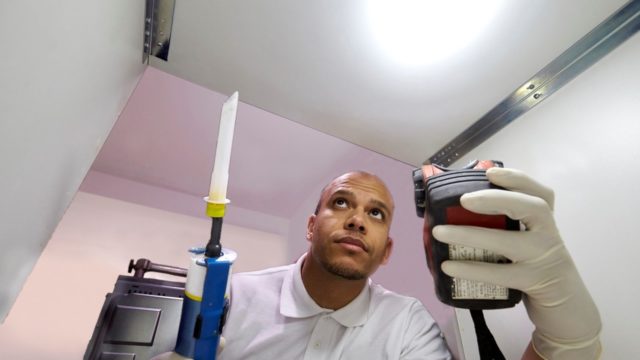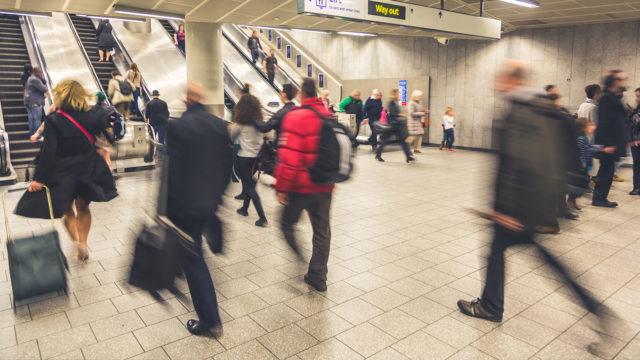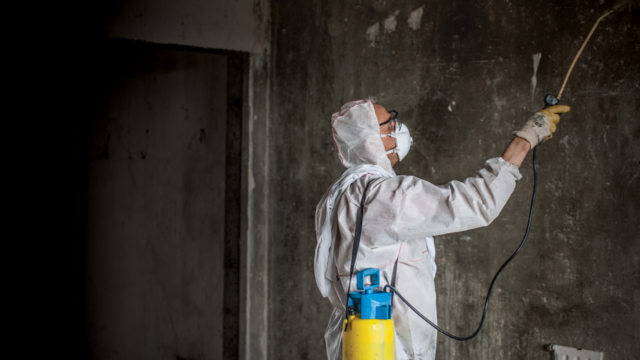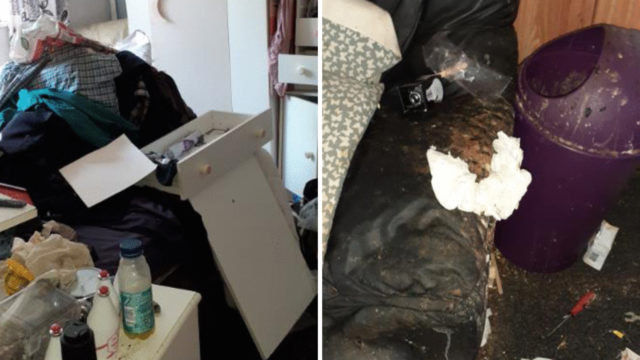A smoke alarm is one of the most important pieces of safety equipment that you can have in your home. A fire can take over a room in a matter of minutes, and the early warning given by a smoke detector could be the difference between life and death.
While they require minimal maintenance, you must make sure to properly install and look after every smoke alarm in your house to keep them in good working order.
What different types of smoke alarms are there?
There are four main types of smoke detector. You can find a more detailed description of their differences and uses here.
- Ionisation: The cheapest type of smoke alarm, they detect small smoke particles before the smoke gets too thick and are sensitive to fast-burning fires.
- Optical: More expensive than ionisation alarms, optical alarms are good at detecting slow-burning, smouldering fires, such as overheated wiring.
- Heat: Heat alarms are well suited to kitchens as they only detect a change in temperature and are not triggered by smoke.
- Combined: Combined optical smoke and heat alarms reduce the possibility of false alarms but also respond quickly to smoke.
How is a smoke alarm installed?
Smoke alarms are usually installed with screws, although sometimes adhesive pads are used. Screws are often the best option, as sticky pads don’t always adhere well to all surfaces and may not stick permanently. If a smoke alarm falls down, you should not use it, as it is hard to tell whether its sensors have been damaged. You should replace it with a new alarm to ensure good working order.
How many smoke alarms do I need?
The number of alarms required in your home depends on its size. You should install at least one alarm on every storey. If your home is two storeys and you are only able to install one alarm, you should position it where you can hear the alarm while you are sleeping. On the ceiling at the top of the stairs is usually the best place. Ideally, each room should have its own alarm, including hallways and landings.
Where should I install a smoke alarm?
Your smoke alarm should be installed in the centre of the ceiling, at least 30cm away from any walls or light fittings. If you are only able to install it on a wall, it must be positioned at least 30cm away from the ceiling.
Where should I not install a smoke alarm?
You should not put a smoke alarm in the bathroom as the steam can set off the detector.
You should only use a heat detector in kitchens to avoid false alarms caused by cooking or burned toast. Optical or ionisation alarms may be installed close to, but not inside, the kitchen.
Install smoke detectors at least 30cm away from light fittings and lamps. The heat given off by lights causes air currents that may draw dust into the detector, reducing its sensitivity or causing a false alarm.
Avoid installing the alarm close to sources of ventilation or heating, as the air flow may prevent smoke from reaching the detector.
Do not install a smoke alarm in a garage, as the exhaust fumes may trigger a false alarm. A heat detector would be a more suitable option.
How to test a smoke alarm
Testing a smoke alarm is very easy and quick to do. You should make sure to test all smoke alarms and heat detectors in your property at least once every six months. The more frequently you test them, the better. Fire alarms only save lives if they are functioning correctly.
Your smoke alarm will have a small ‘test’ button on it. Push and hold this button until you hear the alarm sound. Once you release the button, the alarm will stop.
If the alarm does not sound or is very quiet, you should replace the batteries immediately. Once you have inserted new batteries, be sure to test the alarm again. If it still does not sound, you may need to replace the unit altogether.
Having multiple smoke alarms in your home will increase the chances of one or more of them sounding when others don’t. You may also want to consider interlinked alarms, which will all sound should one alarm be triggered.





